We’re excited to introduce you to the always interesting and insightful Monique Burts. We hope you’ll enjoy our conversation with Monique below.
Hi Monique , thanks for joining us today. We’d love to hear the backstory behind a risk you’ve taken – whether big or small, walk us through what it was like and how it ultimately turned out.
My entire career as an unconventional wearable artist has been shaped around risk taking and trusting my unique path. I spent my first year of college at a small, private, university. During that first year, I was going through the motions of higher education and aimlessly working towards nothing. When I decided to leave the university I was told that I would not be able to retain my transcript to transfer due to a large balance on my bursar account. My two options during that time were to stay unhappy and unmotivated at the small, private university or leave the university without my transcript. I decided to leave. I began working at a retail store that helped me reconnect with my love for design and fashion. During this time I was able to assist customers in their fashion choices, express myself through my own personal style, and help with retail displays. While working at the shoe store, I also submitted my portfolio to Herron School of Art & Design. I knew that I wanted to pursue my love for art. After paying off the large balance and obtaining my transcript I was able to transfer and officially begin my educational journey as an artist. During my first year of art school in a 3D design foundations course I was given a project to create something three dimensional. I wanted to create something fashionable. I didn’t have the financial resources to purchase traditional materials so I removed the paper from the printer and created my first wearable art garment, the paper dress. I was still working at the retail store while I was an art student. I would frequently take home the discarded items that were no longer needed, such as plastic, shoe horns, and espadrille shoe forms. Those discarded items, along with the 8.5 x 11 copy paper became the first materials that I used in my work. That first paper dress that I created from taking a risk is what started my career as an unconventional wearable artist.
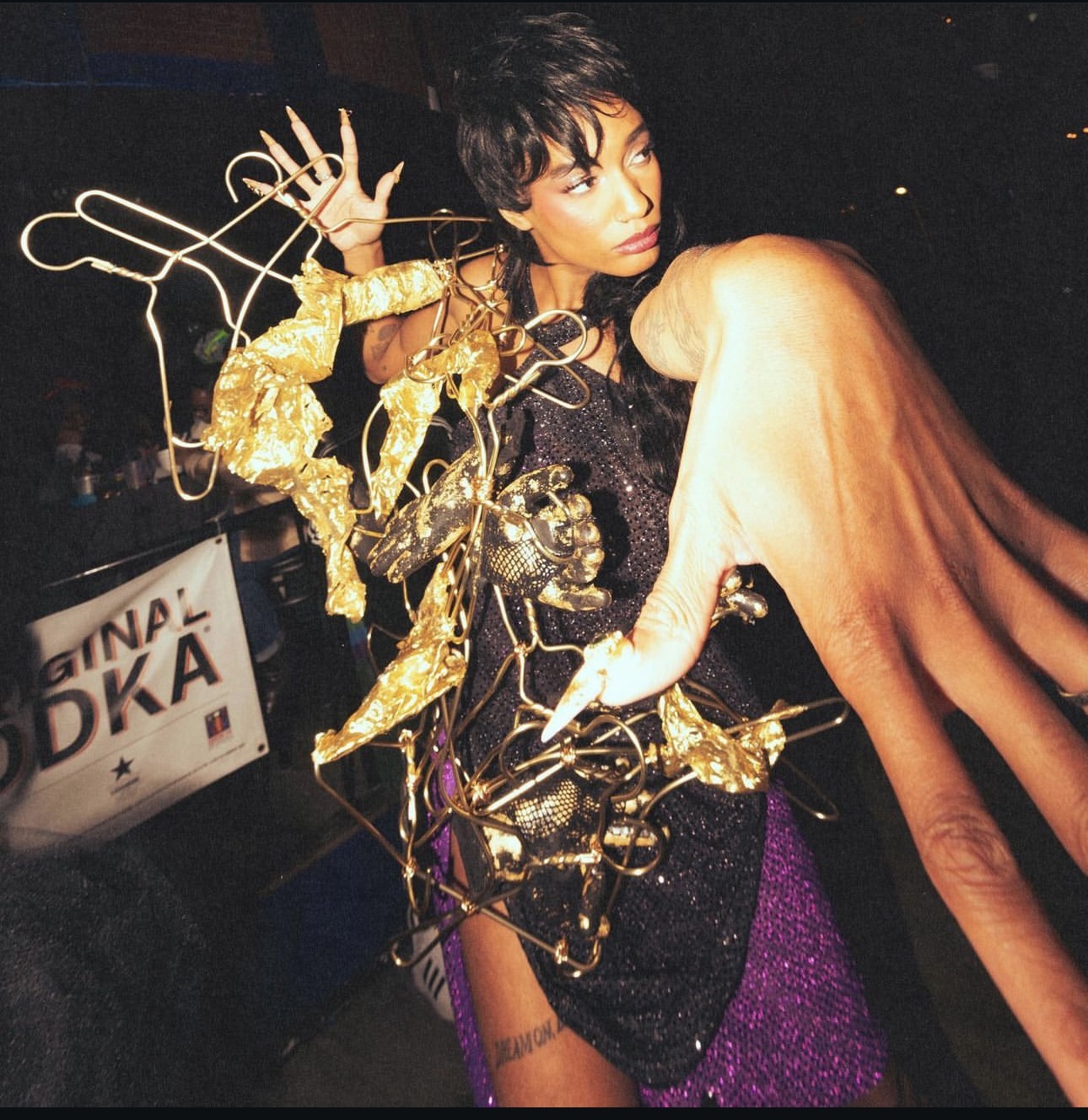
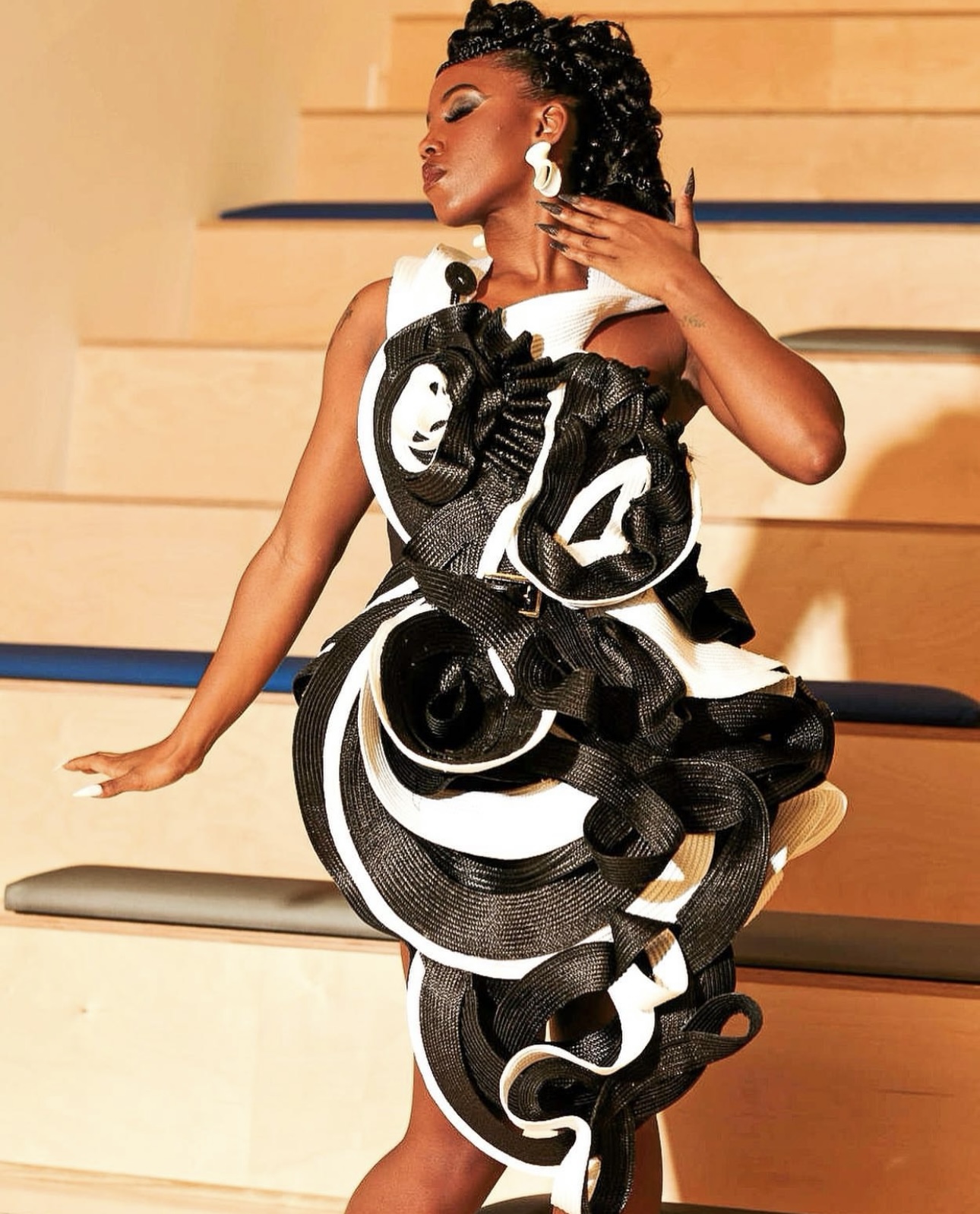
Monique , before we move on to more of these sorts of questions, can you take some time to bring our readers up to speed on you and what you do?
Of course! My entry into the wearable art industry began during my first year of art school. As a first year art student you have to take foundational courses. In my 3D design foundations course I was given a project to create something three dimensional. I wanted to create something fashionable, but as a student I didn’t have the financial flexibility to purchase traditional materials. I removed the paper from the printer, grabbed some old cans of black and hot pink paint, and created my first wearable art garment, the paper dress. I didn’t know how to make the paper dress functional at the time so I just glued all of the paper to my one and only body form at the time. Since that first paper dress, all of my paper dresses have evolved in functionality and design
After I discovered my love for paper I started seeking out other unconventional materials. I sold shoes while I was an art student and for a short while after finally finishing art school. I started taking home the discarded items that were no longer needed at the shoe store, such as plastic, shoe horns, and espadrille shoe forms. Those discarded items, along with the 8.5 x 11 paper from the home printer became the first materials that I used in my work.
I was commissioned for my first paper dress design at the 2017 Indy 500 Snakepit Ball, a black tie affair that takes place at the Indiana Roof Ballroom the night before the historic Indy 500 race. Since that first commission I have exhibited collections of wearable art showcasing garments made of plastics, metal, plaster, spackling, hair, wood, found objects, and traditional fabrics. My wearable art productions include live performers, curated music, props, theatrical storytelling, professional beauty enhancements, and glamour.
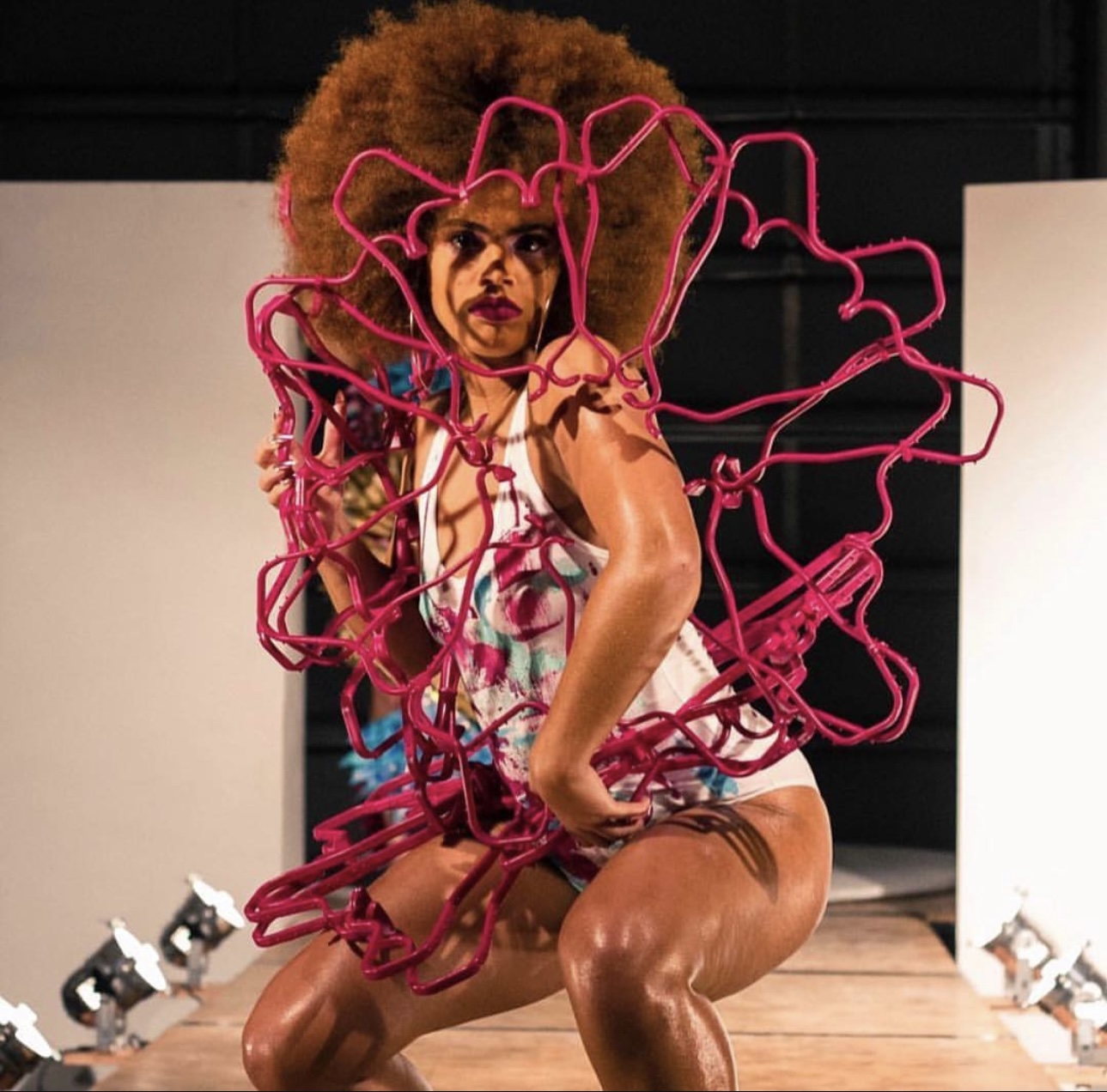
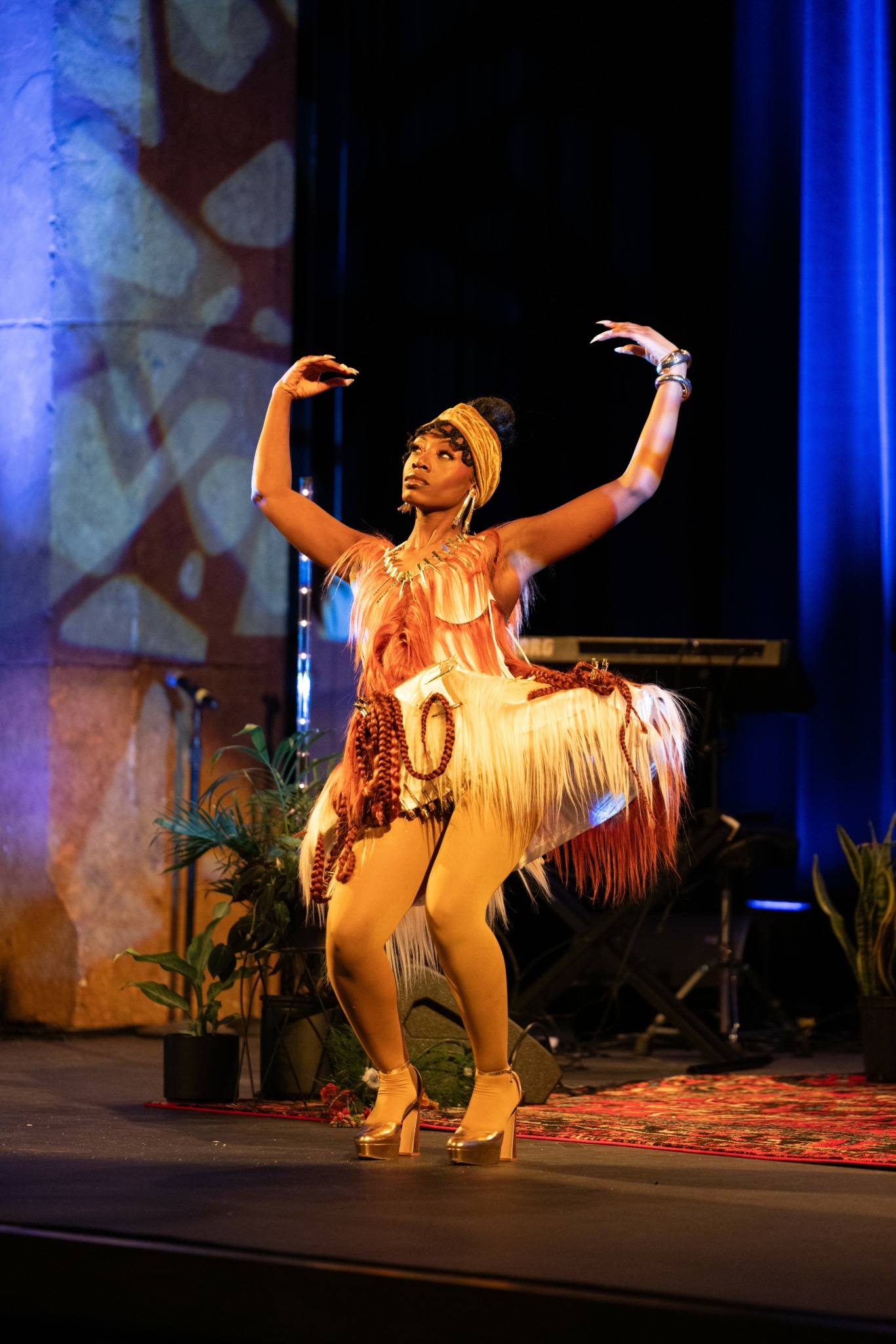
We’d love to hear a story of resilience from your journey.
It took me nearly 10 years to earn my sculpture degree. I spent my first year of college at a small, private, university. During that first year, I was going through the motions of higher education and working towards essentially nothing. When I decided to leave the university I was told that I would not be able to retain my transcript to transfer due to a large balance on my bursar account. My two options during that time were to stay unhappy and unmotivated at the small, private university or leave the university without my transcript. I decided to leave. I began working at a retail store that helped me reconnect with my love for design and fashion. During this time I was able to assist customers in their fashion choices, express myself through my own personal style, and help with retail displays. While working at the shoe store, I also submitted my portfolio to Herron School of Art & Design. I knew that I wanted to pursue my love for art. After paying off the large balance and obtaining my transcript I was able to transfer and officially begin my educational journey as an artist. Right when things felt right I had to leave Herron due to an issue with my financial aid. This time that I was out of school felt different. I wanted to get back, I knew exactly what I wanted to do, Herron was the place for me. I started working overtime at the shoe store and eventually started working at multiple stores within the company to make more money in order to pay my bill to get back into art school. I finally paid it off, went back, and earned my degree in sculpture.


What can society do to ensure an environment that’s helpful to artists and creatives?
Society can best support artists by nurturing artists early on and finding young artists to pour into. My parents supported me the best way that they knew how. They knew that I loved art, so they bought me sketch pads and pencils growing up. Although they purchased art supplies for me and understood that their child was generally interested in art, I was never encouraged to pursue a career in art, by them or those in power in the educational system. I was encouraged to pursue a traditional path. While I believe that everything happens for a reason and the timing of my artistic journey is my own, I also believe that I could have saved time and energy if I was encouraged to pursue my art during my adolescent years, but It was never presented as an option. We need to pay attention to the interests of children during their developmental years and pour into the things that grab their attention. We need to pay attention to what they’re passionate about. We should be exposing them to career paths and showing them what’s possible. We need to teach them courage, passion, and dedication.
Contact Info:
- Website: https://linktr.ee/theemogio?utm_source=linktree_profile_share<sid=2f5d3ef5-13c0-4096-b521-21e76cc6dbc3
- Instagram: @Theemogio
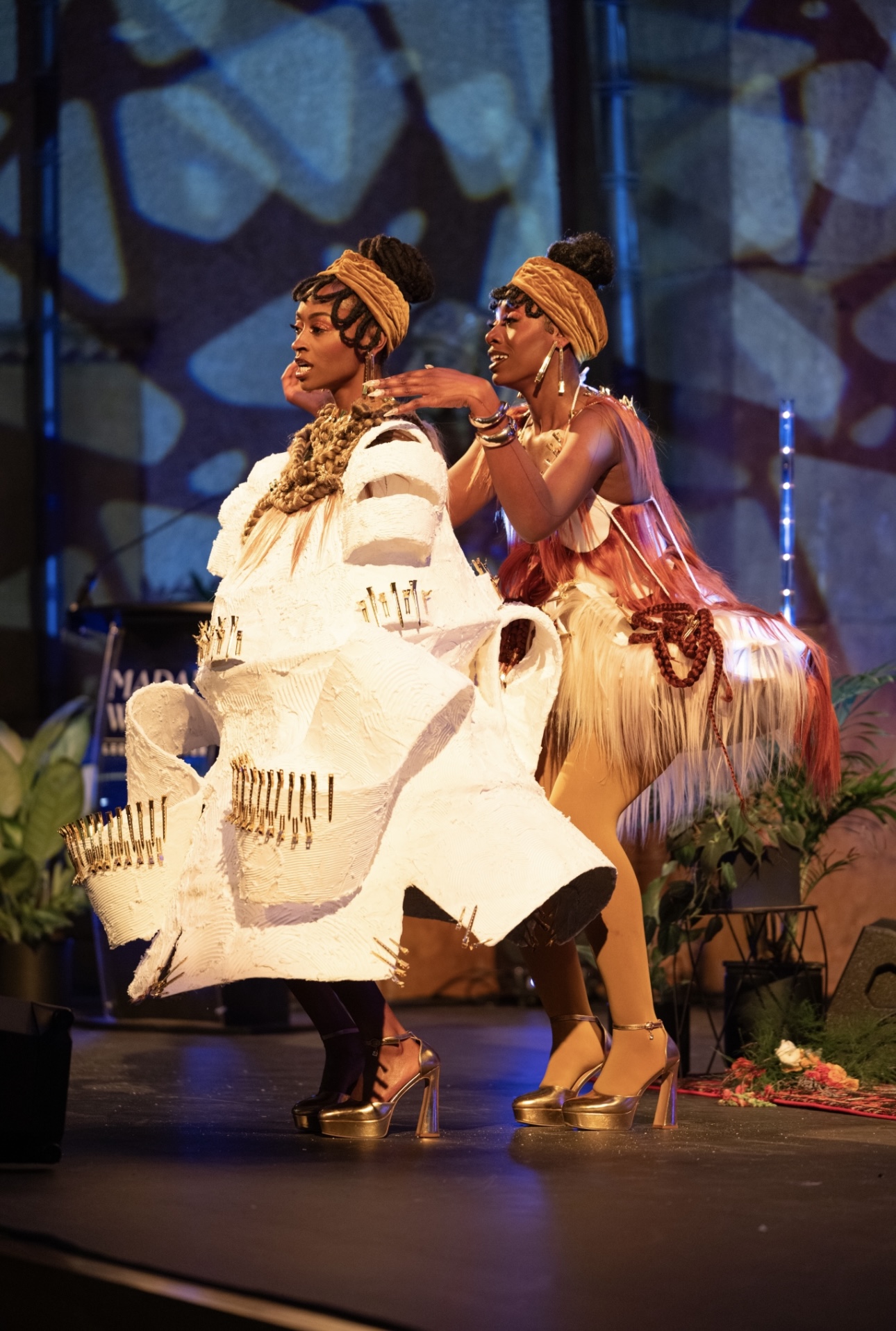
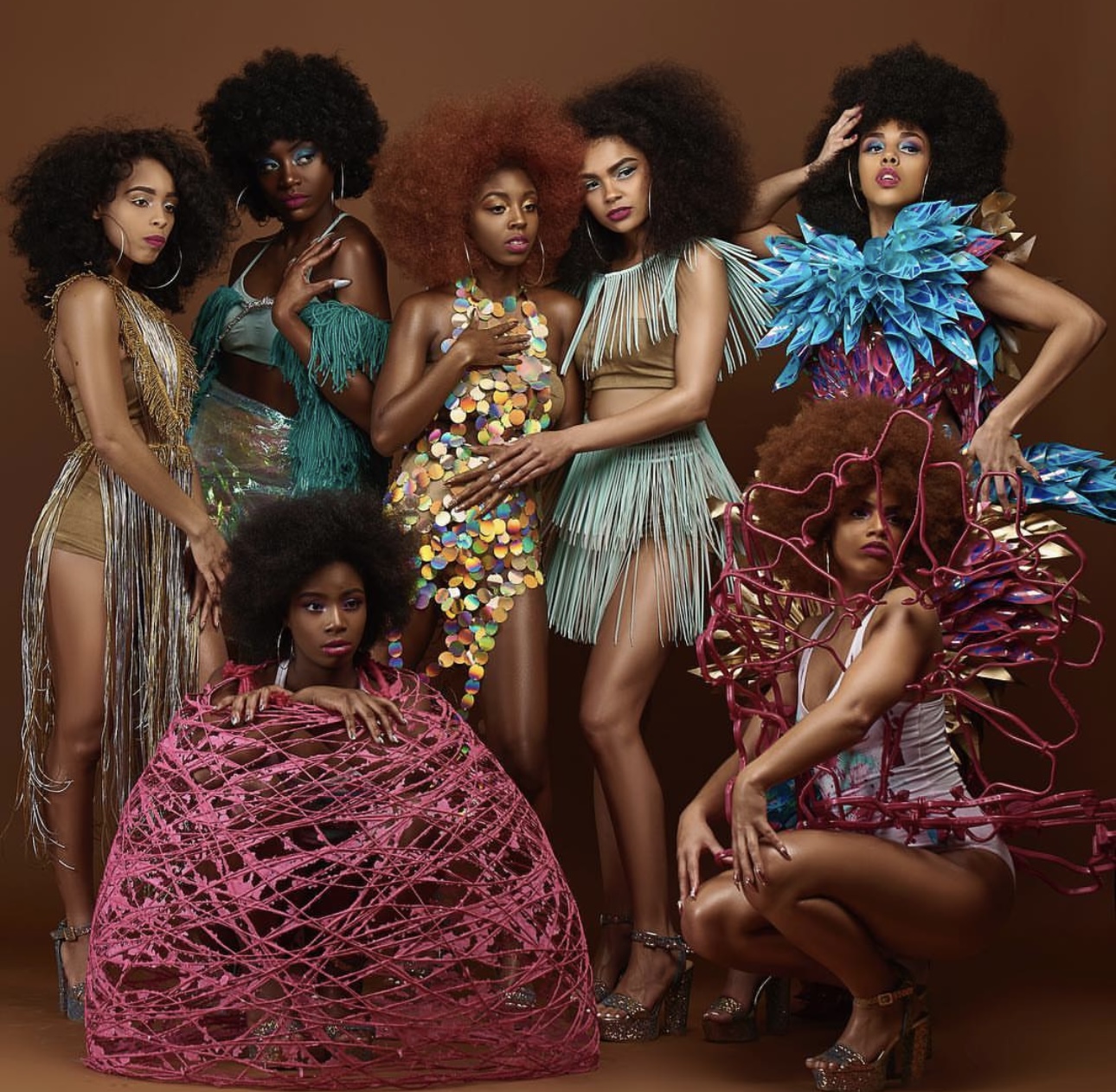
Image Credits
Gerald Encarnacion
Charlee Blk
Mike G.
Luke Stage


